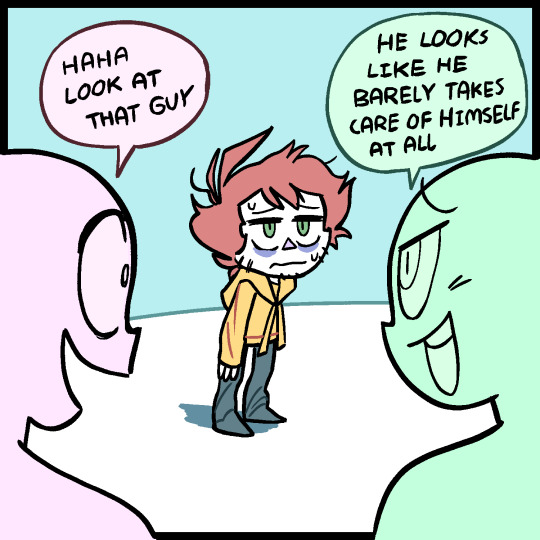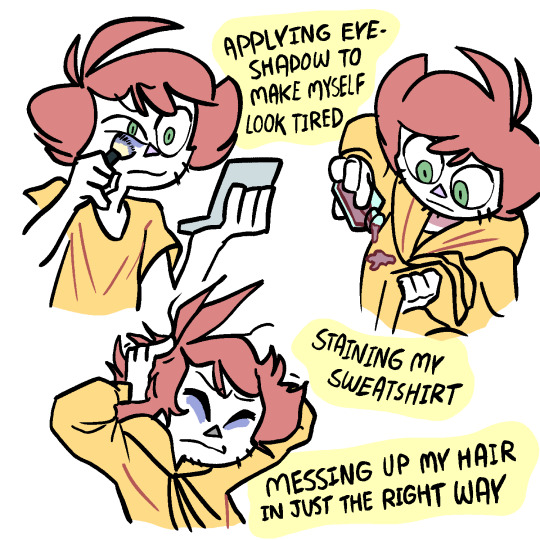Lau. she/her. 24. I love L and Lawlight a lot ♡ I write fic! you can find me as laulieta on ao3!
Don't wanna be here? Send us removal request.
Text










✧ Lawlight web weaving
Fortesa Latifi / official art by Takeshi Obata / Angela Carter, Flesh and the Mirror / Sarah Kay / Happy by Mitski / The moon phases at the time of L and Light's birth dates / x / Richard Siken, Snow and Dirty Rain / Ghosts of right now by Dillon Samuelson / I Want You by Mitski
416 notes
·
View notes
Text


Yuri Note 🍎🍓
#fem Lawlight#fem L#fem Light#art#I LOOOOVEE! they're so beautiful#I love Light's expression in the first drawing gorgeous
1K notes
·
View notes
Text
it’s hilarious to me how differently wammys house is depicted in the different media surrounding death note
wammys in labb: horrible. Horrible fucking place. Ruined the lives of all of L’s successors, put immense pressure on everyone until someone killed himself, someone else went on a killing spree and another person willing and knowingly sacrificed themselves just to be of use. *spits on the ground by its feet*
wammys in L change the worLd: everyone fucking loves watari so much L feels so guilty that he died that he considers himself personally responsible. There were generations before and after L and in them only 26 per generation got a letter signifying that only if they wanted to, their specific interests could help them change the world. The mere thought of it redeems one of the main villains (an ex-wammys kid)
wammys in the anime/manga: woahh look at that look place L came from (never mentioned again)
wammys in the 2015 tv drama: seemingly just watari and his two(three) adopted sons that he loves more than anything. Simultaneously the most heartwarming and heartbreaking thing ever
wammys in the musical:
#Wammy's House is so fun#of course most ppl consider LABB canon because it was included in htr13's timeline but I think we should look beyond (ha) it#and start writing Wammy's House as every single variation in the spectrum from hellish to heavenly#fic where it's the absolute best place on earth and we get Yotsuba arc L angst of just him missing it. Light has to hold him tenderly abt it#okay sorry#I'm just kidding#Wammy's House#txt
218 notes
·
View notes
Text




| Art Instagram - @Nanalytix | 🤍
576 notes
·
View notes
Text

Oh, all the better things you could have been
384 notes
·
View notes
Text




They’re multiplying 🥴
1K notes
·
View notes
Text




16K notes
·
View notes










